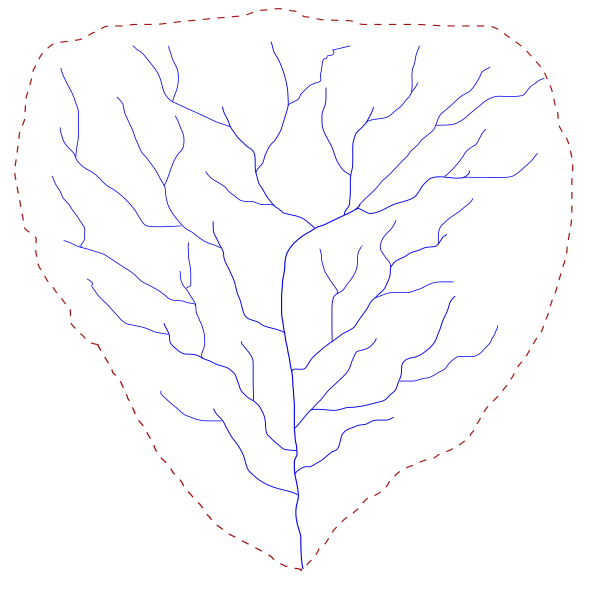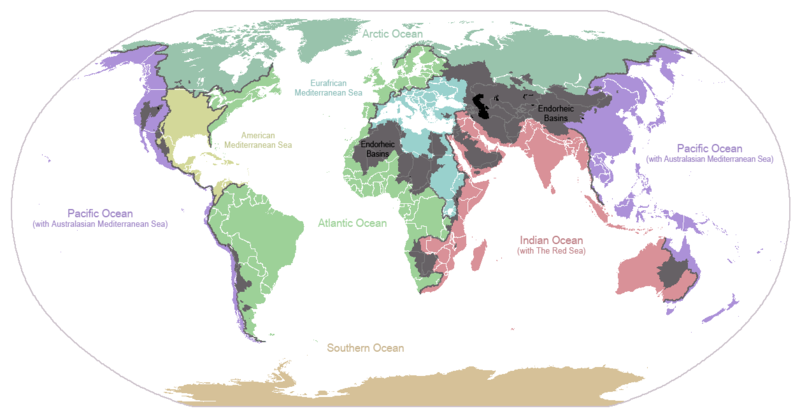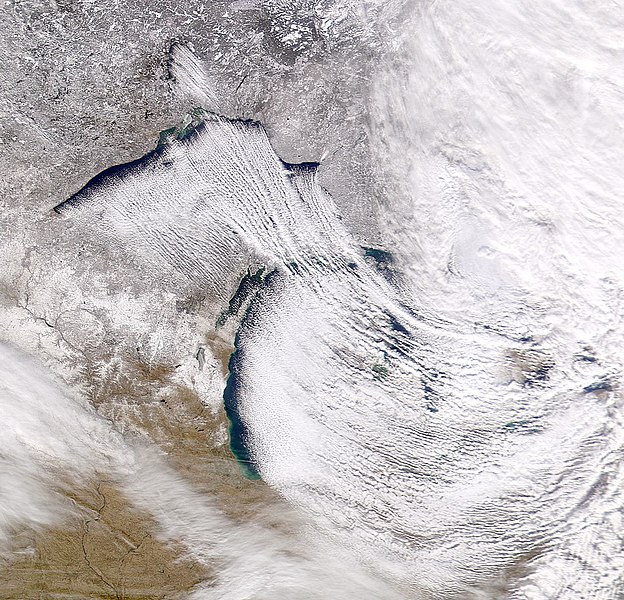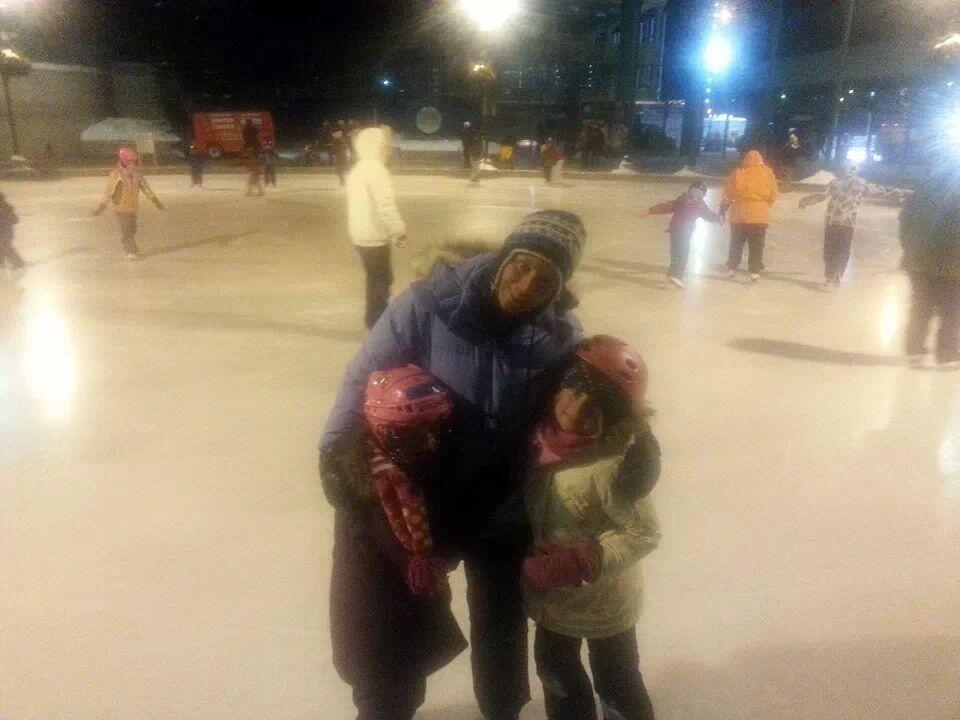Yesterday I wore only a t-shirt under my jacket and there were 11 robins spotted on the walk to school. There are above freezing temperatures forecast for every day this week (we're ignoring the nights, ok?). At the risk of jinxing things, I think it might actually be spring - not calendar spring, on which we had a snowstorm, but actual things melting, birds returning, plants growing outside spring. Heck, Beans and Bunny even went scootering on Sunday - avoiding ice patches is a newly acquired skill.
BUT - if you read our last post you know that we get a lot of snow here. And yes, we still have a lot of snow. There are still giant snowbanks, particularly in parking lots and with the freeze-melt-freeze-melt cycle of the last few weeks, many of them are glacier-like in their consistency.
 |
| The beginning |
This led to our recent discussion - where does all the snow go? That is a LOT of frozen water to get moving. The simple answer is the lake obviously - they both know that Lake Simcoe is nearby and the water goes there. But we get what we refer to here as the "spring freshet" - which is basically a flood caused by the spring thaw - but it's not like a rainfall flood that happens quickly. It happens over a period of time as snow and ice melt and travel to rivers and the rivers themselves melt. The amount of snow accumulation that winter along with how quickly it melts are both factors in how big a "flood" it will be - that is how high up the water will go in the floodplains (which hopefully don't have any stuff in them). It seemed a good opportunity to talk about river systems, their catchment areas and how all that snow moves through the system and our world turns from snow to slush to mud.
 |
| Heading to the sewer |
If you will, picture a river system like a tree shape. The trunk touching the ground is where it flows into the large waterbody (for us, Lake Simcoe). Everything from the tips of the tallest branches downward flows into that tree - that's how a watershed looks. Everything off the landscape surrounding that tree until a dividing point (usually a high point of land, the red dashed line below) also flows into that system.

It can be scaled upwards depending on how large you are looking at -
for example you could look at everything that flows into the Great
Lakes, or everything that flows into Lake Huron, or everything that
flows into the Nottawasaga River - each of those is that system's "catchment"
- it's water supply. In the case of a lake it probably has multiple
systems each with their own catchment flowing into it, and each of those
has it's own source of water - ground water, snow melt, rain runoff,
etc. It all accumulates and makes it's way down the system. We live in an area that flows into Lake Simcoe, so our watershed looks like this:
 |
| http://canadiangis.com/listings/lake-simcoe-region-conservation-authority |
So our snowbanks melt, flow via storm sewers and stormwater ponds into our local creek. That creek then takes them down the system to drain into Lake Simcoe, which also happens to be where our drinking water comes from so it means later on we may drink our snowbanks, which is cool (but only cool after treatment obviously, the snowbank is kinda grey right now).
 |
| Mmmm snowbank |
But it doesn't end there - Lake Simcoe is a part of the Great Lakes basin - so our water hangs out in the lake for a while and eventually will make it's way through the rest of the system.
 |
| https://www.ec.gc.ca/grandslacs-greatlakes/default.asp?lang=En&n=03B3F448 |
So you can see our little lake nestled in between Georgian Bay and Lake Ontario there, a small piece of a large system - and that we are in the Lake Huron Drainage Basin, so our water goes there next. Which is cool because we swim in there a lot, so it's possible that this summer we can swim in the same water that was our snowbanks, which is awesomely cool.
 |
| Heading through the system |
And moving up another step - the Great Lakes eventually flow out the St.
Lawrence and into the Atlantic Ocean where they complete their journey.
Not bad for a lowly grey snowbank. So, Mama... how exactly does the stormwater pond work... ?







































